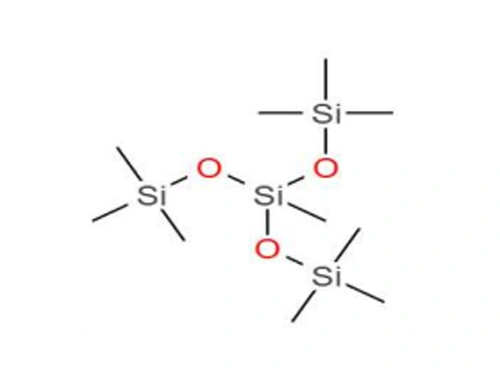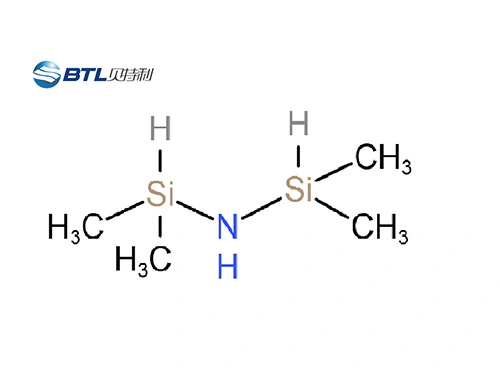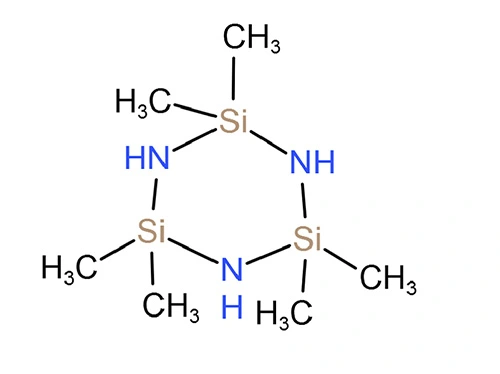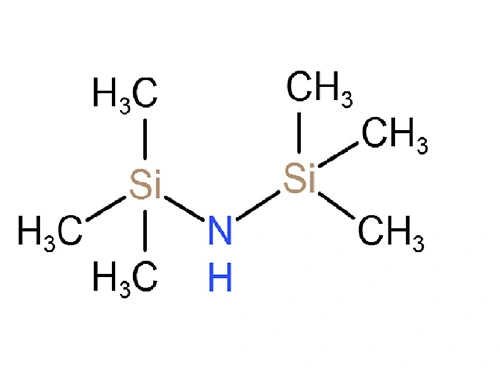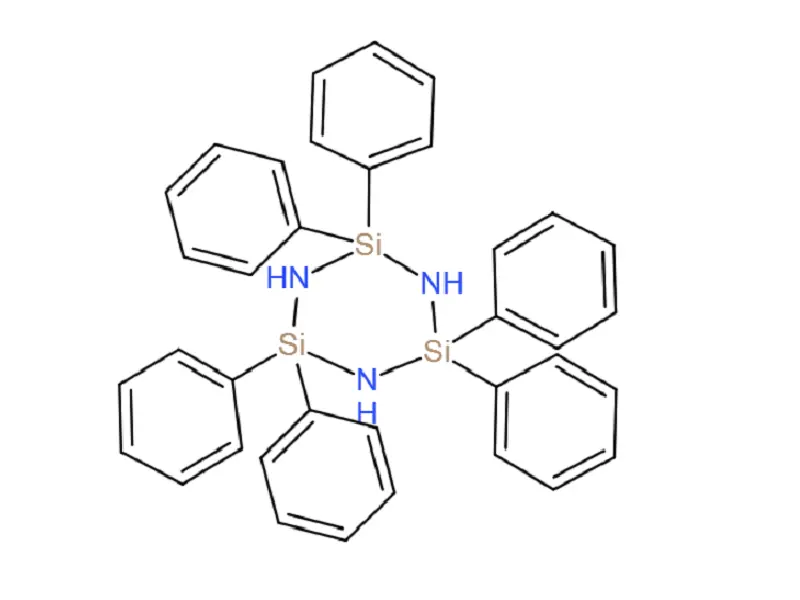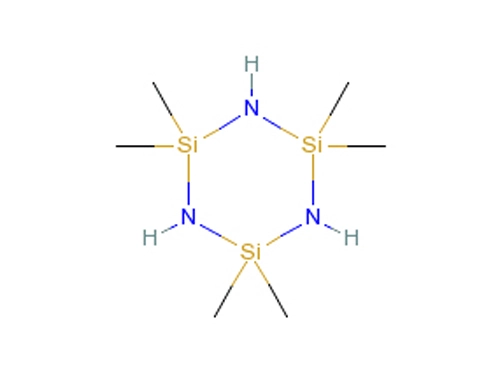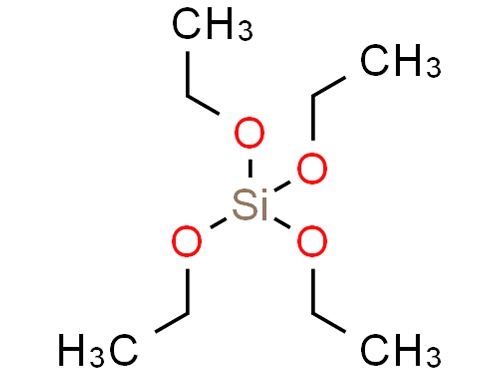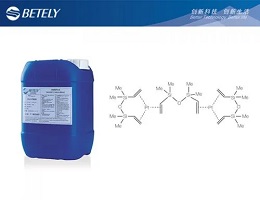- GSGW-S5201 Intermediate
- CSGW-S50002 Methylphenyl Vinyl Silicone Resin
- CSGW-S51001 Methylphenyl Hydrogen Silicone Resin
- GSZ-M103 Resin
- GSZ-PM040 Resin
- GSZ-PM060 Resin
- GSZ-PM080 Resin
- GSZ-PM301 Intermediate
- GSZ-PM407 Hydroxymethoxy-terminated Phenylsilsesquioxane
- GSZ-PM608 Hydroxyl Methoxy-Terminated Phenylpropylsilsesquioxane
- GSZ-PM-50 Polyester modified silicone

- Silicone Printing Ink
- Silicone Spray Paint
- Silicone Soft Touch Coating
- Silicone Conductive Ink
- Silicone Paint
- 3C Paint For Electronics
- Bar Code Label Protective Ink
- Electroplated Plastic Paint For ABS/ABS+PC
- Plastic Paint For ABS/PC/ABS+PC Automatic Parts
- Plastic Paint For Car
- Plastic Paint For PP Parts
- Plastic Printing Ink For PET
- Plastic Paint For Special Materials
- Plastic Soft Touch Coating
- Potting Silicone Conductive Ink For Key HSL-T37XXX
- Printing Conductive Ink HSL-T47XXX
- PU Coating
- Silicone/Rubber PU Protective Coating
- Silicone Anti Static Soft Touch Coating
- Silicone FDA Soft Touch Coating
- Silicone Printing Ink for Band
- Silicone Soft Touch Coating For Keypads
- Silicone Soft Touch Coating For Smart Wears
- Spray Paint For Key
- UV Spray Coating
What are you looking for?
